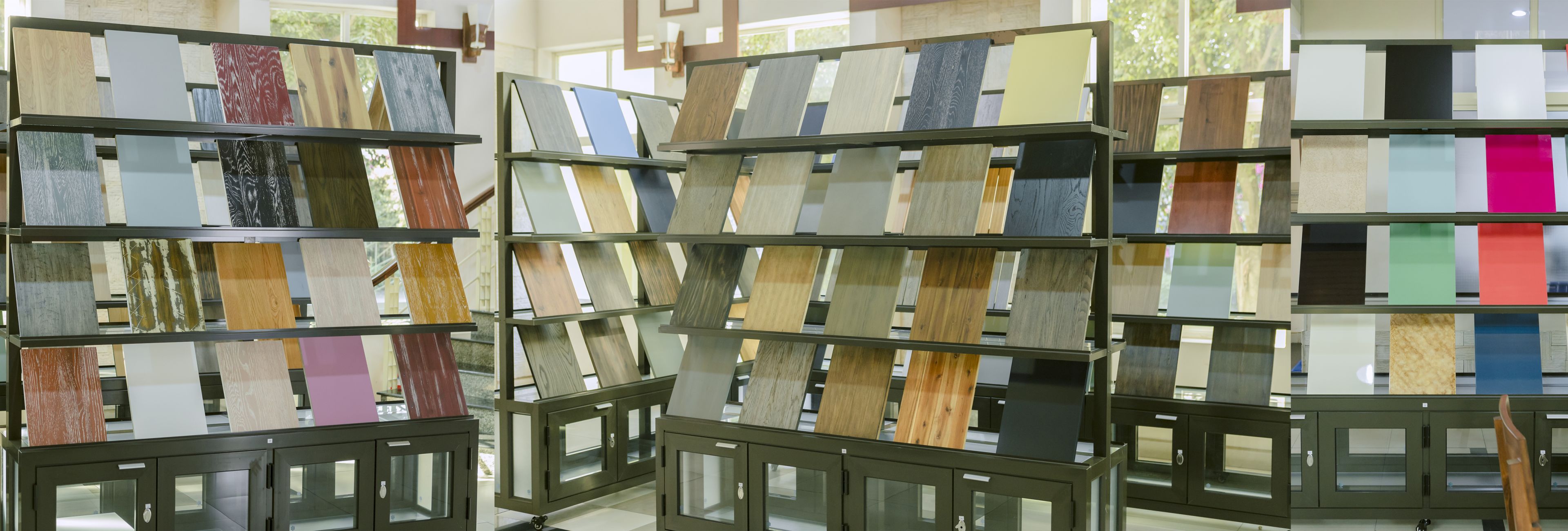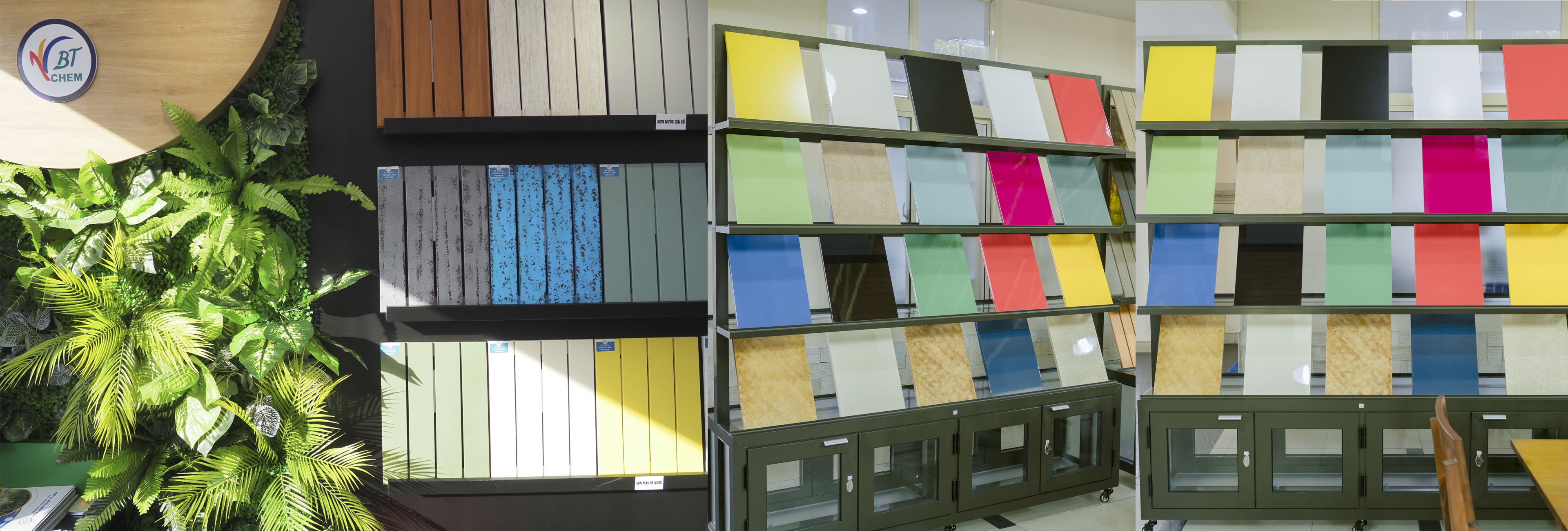
Introduction to Water-Based Wood Paint
Water-based wood paint, also known as waterborne paint, is characterized by water as its main solvent and a very low volatile organic compound (VOC) content. Thus, water-based paint is considered a sustainable choice for the furniture industry.
Waterborne Resins
- History
The origins of waterborne resins trace back to the late 19th and early 20th centuries, as researchers developed materials to replace traditional oil-based resins.
Today, waterborne resins are produced using various polymerization techniques such as solution polymerization, emulsion polymerization, and bulk polymerization.
- Classification
Waterborne resins are categorized based on factors including the type of polymer, polymerization method, and intended use of the resin.
Advantages of Water-Based Wood Paint
- Environmental and Safety Benefits
Water-based paint is safer than solvent-based paint, significantly reducing the risk of fire and explosions. Its safety feature also decreases the necessity for extensive fire prevention measures. The low VOC content enhances the working environment within factories.
- Durability
An important technical aspect to consider during the application of water-based paint on wood surfaces is the slower evaporation rate of water compared to traditional organic solvents. This property leads to deeper penetration of water into the wood structure, causing the wood fibers to expand, a phenomenon often referred to as "wood grain raising". This process increases the wood surface area, providing a better foundation for subsequent paint layers to adhere.
This not only improves the adhesion of the paint to the wood but also enhances the mechanical stability of the paint film, significantly reducing the likelihood of physical peeling. As a result, water-based paint not only strengthens adhesion to the wood surface but also substantially improves the durability of the paint film, contributing to the extended lifespan of the painted wood products.
- Cost Savings
Switching to water-based paint can significantly reduce overall production costs. The most notable cost-saving is related to safety and environmental measures. Specifically, the reduced risk of fire when using water-based paint substantially cuts costs for fire prevention and control measures. Additionally, its eco-friendly nature also lowers the burden of wastewater treatment costs. Another benefit is achieving higher coverage, potentially reducing the number of painting applications needed, thereby minimizing both costs and production time, optimizing work processes, and reducing waste. Not only does it offer financial benefits, but using water-based paint also improves the work environment, reducing exposure to harmful chemicals, thus enhancing the health of workers. This not only creates a safer working condition but also contributes to increased labor productivity. When these benefits are combined, water-based paint emerges as a superior choice, meeting the increasing demands for performance and environmental protection in the modern paint industry.
























.jpg)



























